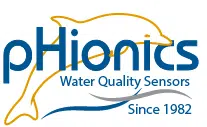Calculating Voltage Drop In Water Quality Systems
Table of Contents
Introduction
More goes into determining power requirements for water quality sensors than just the voltage requirement on the spec sheet. An important, often overlooked factor is voltage drop on wires, which increases the longer they are. While this is not a significant variable for standard cable lengths of 10-25 ft. (3.05-7.62 m), there are many applications requiring long cables (1000+ ft.) to reach underground or deep in a body of water. In these situations, understanding how to calculate voltage drop along a wire is crucial for setting up a functional system. The rest of this article goes over how to calculate it for any instrument—not just pHionics sensors—if the type of wire is known.
Calculating Wire Resistance
The wire type or wire resistance is often found in product specifications on the website or in the manual of your water quality sensor. You may be required to contact customer service if the information is not readily available. pHionics uses 24AWG tinned-copper wire, which has a theoretical resistance of 25 Ohms per 1000 ft (0.0842 Ohms per meter) at 20°C. Practical tests have shown ranges from 24-26 Ohms per 1000 ft. Many resources to determine wire resistance are available online but we recommend this Wire Gauge Calculator.
Once the resistance of wire is known, calculate the length of wire needed for the system and determine total resistance. One common source of error is using the cable length. As the wire must carry current both to and from the sensor, total wire length is double the cable length. Multiply wire length by resistance per foot/meter) to get total resistance.
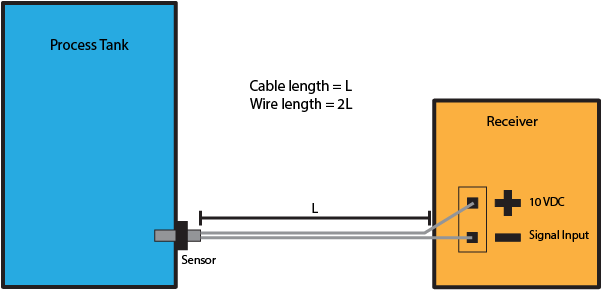
Use the maximum current output by the sensor to calculate worst-case scenario voltage drop. For pHionics instruments, the maximum current is 0.02 amperes. Other manufacturers may have additional current on top of their signal which must be accounted for.
Once voltage drop has been calculated, subtract it from the power supply voltage and verify the remainder is enough to power the sensor.
An example is provided below:
Example:
A geological surveying company needs to measure conductivity at the bottom of a 1500 ft (457.2m) bore hole and wants to know if a 10V power supply is sufficient. They find that pHionics uses 24AWG copper wire and use the maximum stated resistance—26 Ohms per 1000 ft—in their calculations of resistance. pHionics sensors require a minimum of 8V to function.
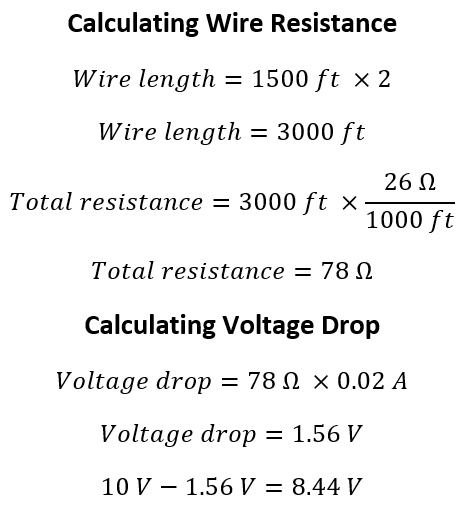
8.44V is more than the required 8V to power a pHionics sensor so the 10V power supply is sufficient.
Conclusion
We hope this helps you in calculating power requirements for your system. Please reach out using the Contact Us button below for any feedback or questions!
If you are in the market for a water quality sensor and would like a device that is durable, accurate, and hassle-free, we highly recommend looking into the pHionics STs Series™. All sensors are designed with high-quality materials, are isolated, and have long-lasting electrodes that are easily replaceable.
We wish you the best and hope you have a great day!
Suggest an Article or Video Topic!
Recent Articles
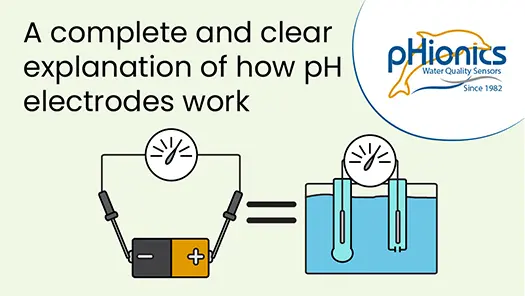
How Glass pH Electrodes Work
In this video, learn about the electrochemistry that allows silver/silver chloride pH electrodes to measure the acidity of solutions. Modern electrode design is also reviewed to demonstrate what improvements have been made and what weaknesses are still present. Click...
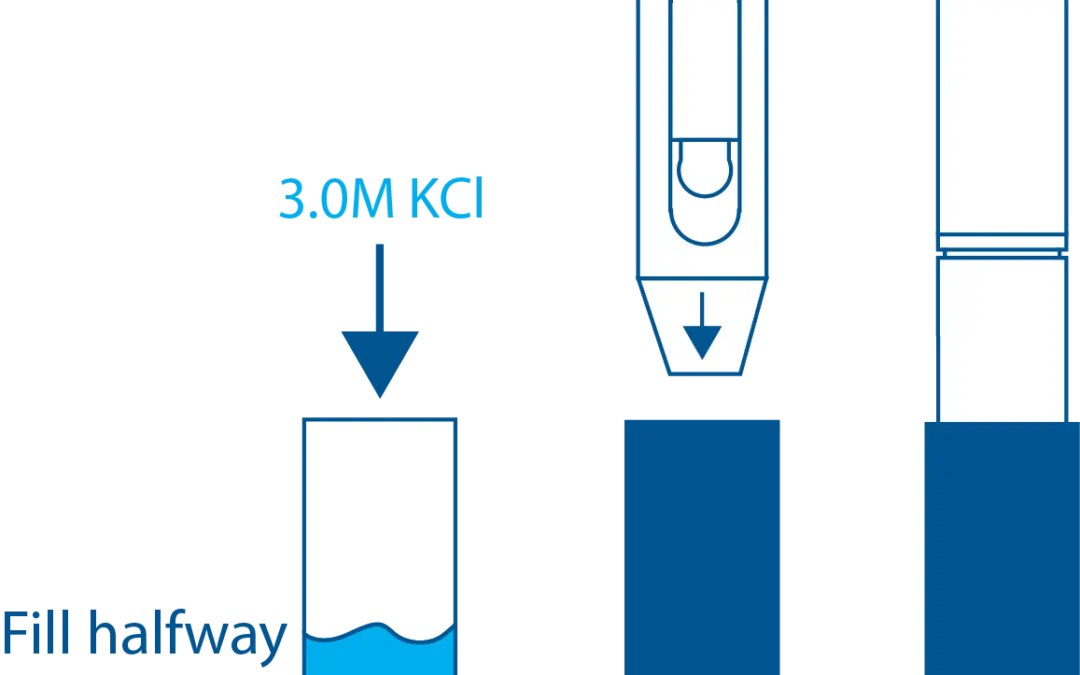
STs Series Sensor Storage
STs Series sensors are constructed from high-quality, durable materials that can be stored for long periods of time. The only weak point is the electrode, which can be damaged or expire during storage in the wrong conditions. These conditions vary depending on the type of electrode, which is why we have different storage instructions for each sensor.
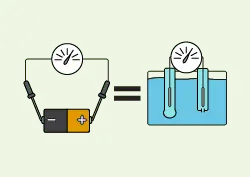
How a Glass pH Electrode Works
A comprehensive article covering how glass electrodes measure pH in a simple, understandable format. Specifically for silver/silver chloride electrodes.
